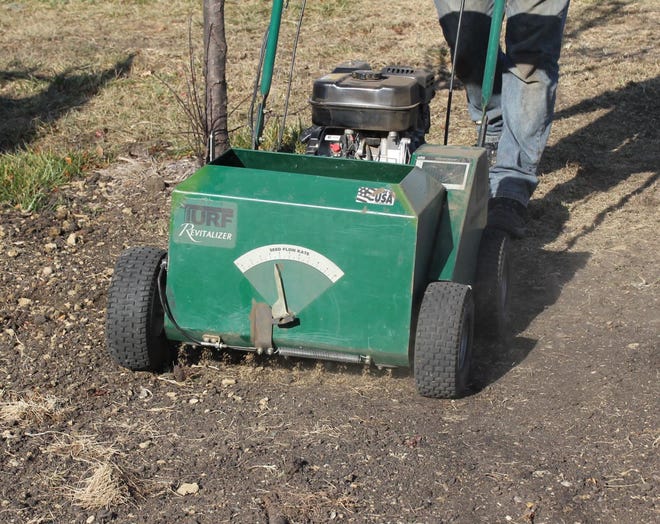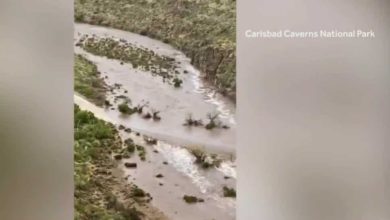

I could be described as a traditionalist. I value and respect the lessons and advice passed on to me from previous generations. I trust this advice because it will have had many years of success to validate the lessons. A great example would be the planting of grass seed at this time of the year. This is commonly called "winter seeding" or "dormant seeding." It is considered to be the easiest way to plant grass seed.
The greatest advantage to doing this is that there is little soil preparation required. When you plant grass seed during the growing season, you need to prepare the soil by loosening it ahead of the seeding so that the seed can settle into the soil just below the surface. Loosening the soil requires a bit of hard raking, which can be done by hand or with machines from a tool rental.
'He was truly my best friend':Denny McKeown raised a gardening businessman
The process of dormant seeding makes this job easier because it eliminates the need to loosen the soil. The objective here is to get the seed to the soil and then let nature take over. During the winter, temperatures cause the ground to freeze and thaw. This process of freezing and thawing naturally loosens the soil for the seed, just as the raking does during the growing season. Once the seed is down, all you need to do is wait for the soil temperature to rise to trigger the germination of the seed.
The success of this method has been challenged over the last several years because of the changing weather patterns. Now, I am not opening the door to a debate about climate change. I'm just pointing out that our winters are different than they were, regardless of the causes. There was a time when it got cold in December and stayed cold until March. The ground stayed frozen throughout most of this time, with only a few random warm days each month. This is when the soil would loosen for the seed. Then the seed would be frozen in the soil for most of the winter.
Our winters have transitioned to where we do not have consistently frozen ground in the winter. We are experiencing this now. Instead of the ground being frozen with a few warm days, now the ground freezes for minimal periods of time. This has affected the success of dormant seeding. The grass seed now has the potential to sit in cold, wet soil instead of being frozen in the soil. When seed is in wet soil for prolonged periods of time, some – or all – of the seed can be lost to deterioration or rotting. Being frozen is good for seed. Being wet is bad.
Do it right:Thinking of a landscape renovation? There's a class for that
So, what should you do? The last few years, I have been advising people who traditionally seed in January to hold off until February. Waiting minimizes the time the seed might be sitting in wet soil. When you spread the seed, you want it to be relatively dry, and you want to get the seed down ahead of a cold spell when we will have sub-freezing temperatures at night. Then you will hopefully gain the benefit of the loose soil.
Once you have done dormant seeding, you will need to be patient. You won’t see your seed when it settles into the soil. The germination of grass seed starts when the soil temperature rises to 65-70 degrees. This might not happen until early to mid-April.
If you use pre-emergent weed control on your lawn, you will need to adjust the schedule of the application because these products will also keep your good grass seed from germinating. You can apply them later in the season. You may miss a few early weeds, but the herbicides will still be effective on others.
Source link






